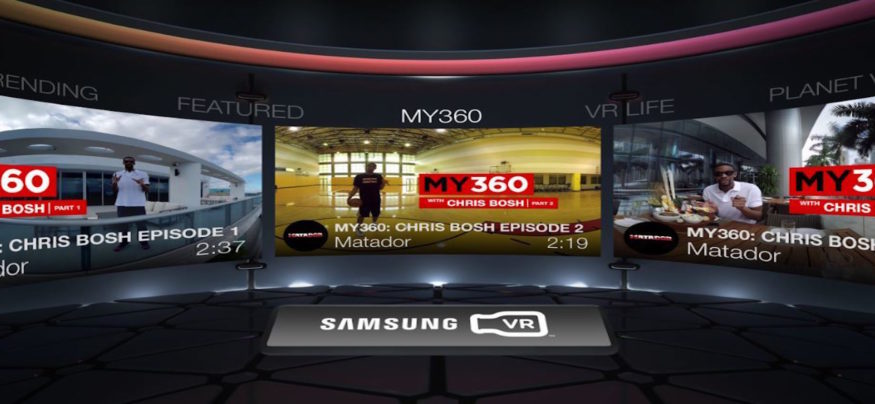Virtual reality stands poised to become the next iteration of how we experience our world. VR in the coming years will deliver education and entertainment in ways never imagined before. But have you struggled with how to film 360-degree video that works? The answer lies in content. The power of VR isn’t just how it looks, but what it says.
Some developers already get it. Google filmed New York City’s Veteran’s Day parade, known as “America’s Parade,” in virtual reality 3D so that veterans around the world could experience the event firsthand. The investment community also is beginning to understand the equation. By 2025, the market for virtual reality content will be $5.4 billion, according to a 2015 report by the Piper Jaffray investment bank. That’s because without compelling content, VR is just more flashing lights and colors.
The challenge to the VR community then becomes how to film 360-degree video with compelling content is suitable for the immersive video experience. It’s still unknown territory. Here are five steps to help chart a course.
1. Draw from Real Life
While VR is still an evolving medium, it’s likely that the most compelling content will have its roots in down-to-earth moments. “The simplest way we arrive at compelling content in VR is to imagine what would be compelling to experience in real life,” says Chris Milk, co-founder of virtual reality studio Vrse.works.
The power of VR is to create characters and experiences your audience will connect with in deep ways. The surest way to make that happen is to look at the places and circumstances where such content comes about in the real world, then go on to translate those into VR experiences.
2. Connect to Existing Content
Consumers have been taught to bond closely with certain ideas, images and experiences. Music videos, for instance, aim to generate a personal resonance with the viewer. People identify with movies, television shows and even well-drawn characters in commercials. VR designers can leverage that sense of connectedness in the quest to create compelling content.
Samsung has developed powerful content for its VR products that tie into other media. Its content includes a workout session with LeBron James, and a tour of iconic scenes in the Hunger Games films. By tapping into existing entertainment content, developers are meeting consumers where they already live.
3. Show Off
Virtual reality is new and people are eager to see what it can do. Many will be impressed by the initial immersive experience the first time they fly, fight or face a teeming throng of concertgoers in VR 360-degree video.
But then they’ll want more. History has shown that consumers are quick to push the boundaries of any new medium, and developers would do well to craft content that caters to this drive. Compelling content will include experiences that push the limits of how far VR can go. How high can we fly? How real can it feel? Content winners will be those who stay on the leading edge of experience.
4. Let the Audience Explore
Reality doesn’t end at the edge of our field of vision, and neither should virtual reality. “In VR, we’ve learned that you have to be driven by the desire to let the audience explore, to discover an experience or a story for themselves. We try to dream beyond the frame,” Milk says.
“When shooting in a new environment, you have to ask yourself, where does my gaze naturally go?” Milk says. The most powerful content will give the viewer the sense of being able to follow that gaze, of being able to move deeply through a scene, guided by their own sense of wanting to know what comes next.
5. Tell a Story
For the content of immersive virtual reality to be truly compelling, it must do more than present a series of images. Content must tell a story.
Look for instance at “Waves of Grace,” which tells the story of Liberia through the experiences of an Ebola survivor, or “Clouds Over Sidra,” the story of a 12-year-old girl making her way in a Syrian refugee camp. These VR experiences share a fierce desire to weave meaningful narratives. They’re compelling not just because they immerse us in a rich 360-degree experience, but because they tell stories to which all viewers can relate.
As VR emerges as the next form of entertainment and education, much will be said of the technical achievements and the ability to plunge a viewer deeper into an experience than ever before — to truly see with another’s eyes. The true distinguishing factor, though, will lie in the ideas behind the images. While dazzling imagery will turn heads, it is the quality of content that will ultimately carry the day.







